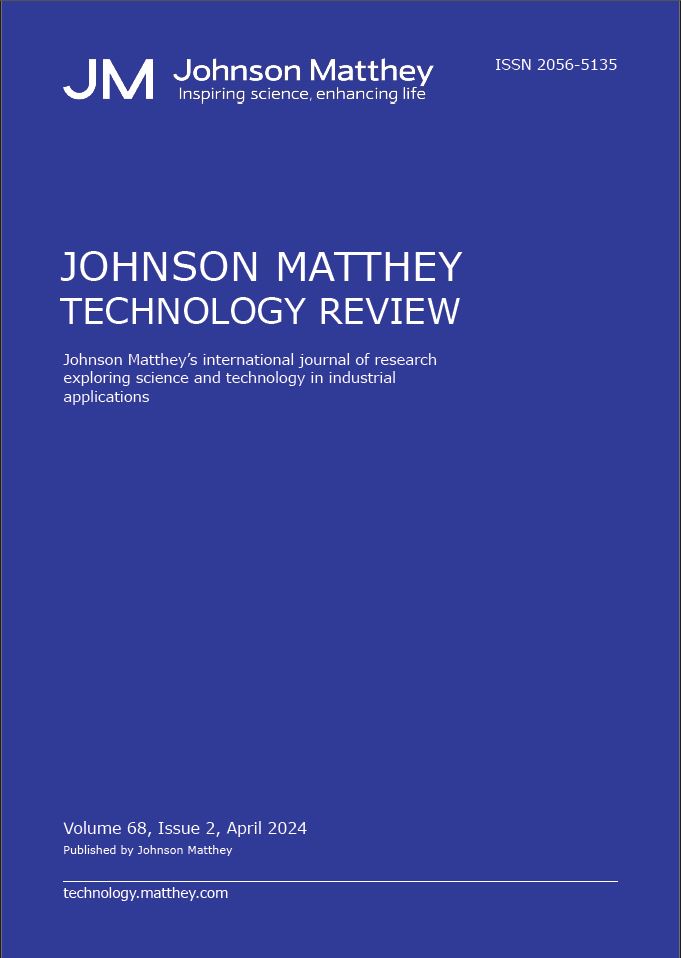-
oa Long-term Evaluation of Culturable Fungi in a Natural Aging Biofilm on Galvanised Steel Surface
Fungi in aging biofilm on galvanised steel surfaces
- Source: Johnson Matthey Technology Review, Volume 68, Issue 1, Jan 2024, p. 60 - 70
-
- 05 Oct 2022
- 27 Jan 2023
- 27 Jan 2023
Abstract
Fungi commonly found in municipal water can participate in natural biofilm formation on the surface of galvanised steel despite the toxic effect of zinc. Depending on the age of the biofilm, fungal diversity may vary. To examine this hypothesis, natural biofilm formation was allowed on galvanised steel surfaces over six months in a model recirculating water system. Fungal colonies with different morphologies were obtained monthly from biofilm and water samples and then identified by both morphological and molecular approaches. In addition, the biofilm layer was examined by electrochemical impedance spectroscopy (EIS) analysis and scanning electron microscopy (SEM). It was determined that fungi were included in the naturally aging biofilm formed on galvanised steel surfaces during the experiment. The diversity and the number of fungi in the biofilm and water changed over the experiment. All fungi isolated from the biofilm and water were found to be members of the Ascomycota phylum. F. oxysporum was the first fungus to be involved in the biofilm formation process and was one of the main inhabitants of the biofilm together with Penicillium spp. In addition, EIS data showed that the structure of the biofilm changed as it aged. The results of this study may lead to a better understanding of naturally aging biofilms involving fungi in municipal water systems, as well as the development of new strategies for effective disinfection of fungi based on biofilm age.


